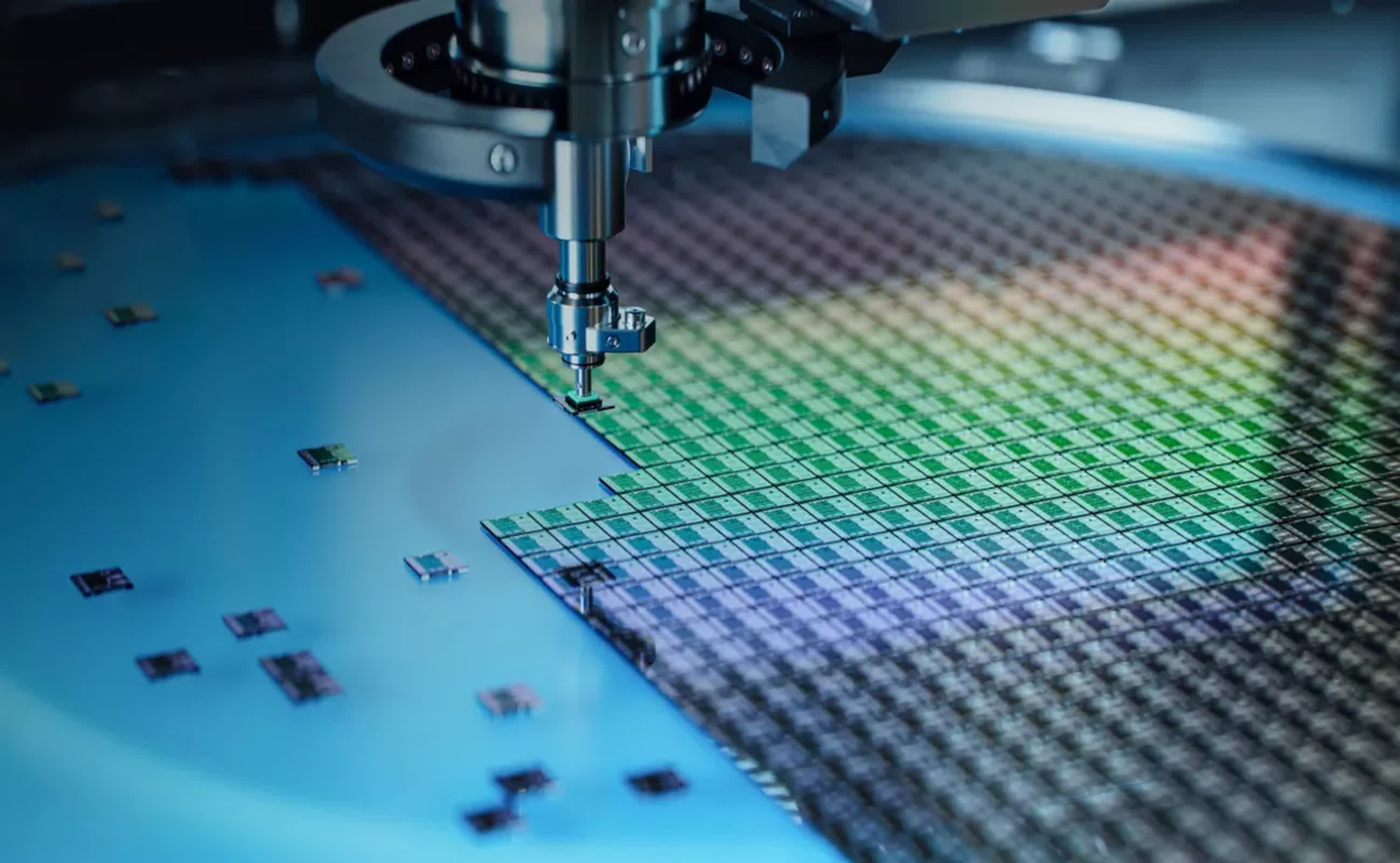The big picture: Customers are clamoring for Intel's Core Ultra CPUs, but the chipmaker is facing a bottleneck in wafer-level assembly at the back end. It's a significant problem – dire enough that Intel is projecting flat revenues for the second quarter, partly due to this constraint. Intel is moving swiftly to expand capabilities in this area, but demand shows every sign of continuing to outpace supply, at least in the near term.

Intel faces a challenge. Its ramp-up of Core Ultra, led by Meteor Lake, continues to accelerate beyond its original expectations, with units projected to double sequentially in the second quarter. Specifically, the three Core Ultra families – Core Ultra 100 (Meteor Lake), Core Ultra 200 (Arrow Lake), and Core Ultra 200V (Lunar Lake) – are projected to push shipments above 40 million AI PC units by the end of 2024.
This sounds like great news, right? Indeed, it is. However, here lies the problem: Intel's production is being hindered by its supply of wafer-level assembly, according to CEO Pat Gelsinger.
In Q1, Intel's revenues grew by nine percent year over year to $12.7 billion, driven in part by a 31 percent YoY increase in client computing sales, which accounted for $7.5 billion of its overall revenues. Despite the surge in demand for AI PCs, the chipmaker reported an overall loss of $437 million for the quarter. Additionally, the revenue forecast for the second quarter, ranging between $12.5 billion and $13.5 billion, fell short of the $13.6 billion expected by financial analysts.
One reason for the anticipated flat revenues in Q2, according to both Gelsinger and CFO David Zinsner, is the bottleneck in wafer-level assembly.

"Seasonal client revenue is constrained by wafer level assembly supply, which is impacting our ability to meet demand for our Core Ultra-based AI PCs," Gelsinger said during the earnings call.
Intel has been addressing this issue by expanding semiconductor capacity in the US, Europe, and Asia. Gelsinger mentioned in a media briefing in Taipei late last year that the company is deploying wafer-level assembly and chip packaging manufacturing capabilities in Malaysia. Additionally, in the US, Intel is constructing new fabs in Oregon, Arizona, New Mexico, and Ohio. It has also unveiled major investment plans in Ireland, Poland, and Germany to build leading-edge semiconductor factories.
However, like its competitors, Intel is finding that demand is overwhelming supply. Gelsinger explained that Intel has been meeting its existing customer commitments, but many are returning and requesting additional shipments across different markets.
The company is "racing to catch up to those upside requests," he said, attributing the constraint to the back-end wafer-level assembly, which is one of the new capabilities included in Meteor Lake and subsequent client products. "So with that we're working to catch up and build more wafer level assembly capacity to meet those."
Gelsinger acknowledged that demand will only intensify with Microsoft's expected update to Windows 11. "Add in a second-half Windows upgrade cycle, which we believe is underway, and Core Ultra is hot," Gelsinger said.
Intel has a wafer-level assembly problem, and it's hurting Core Ultra sales